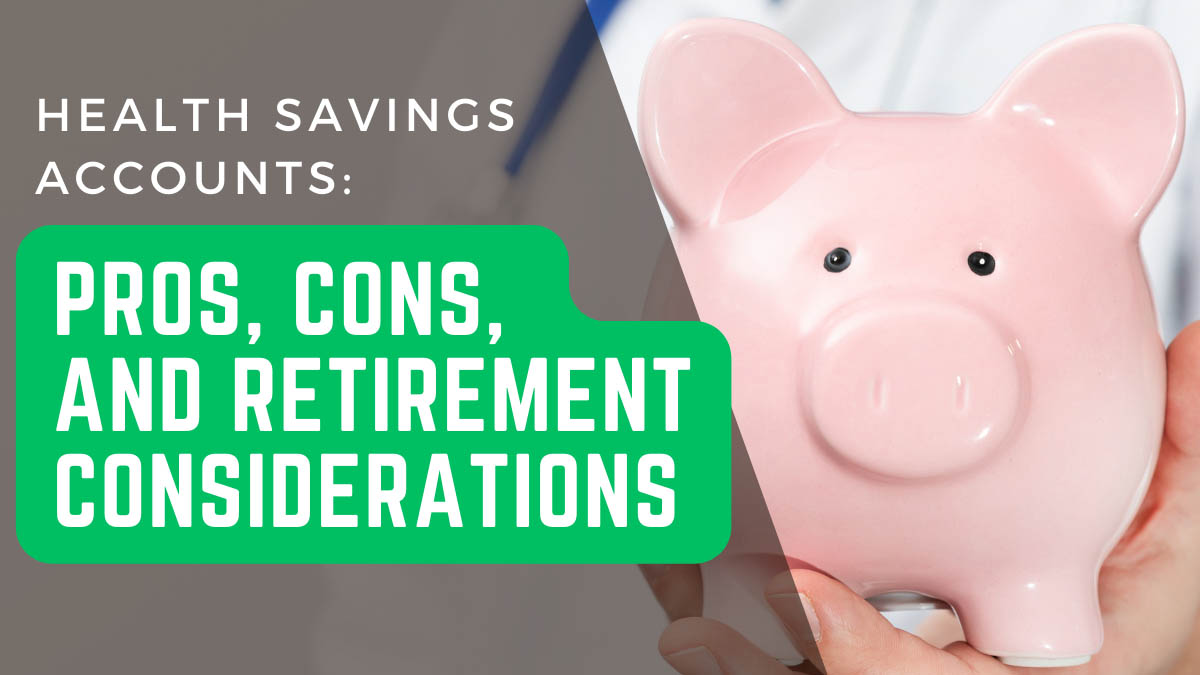Appreciated Securities
Have you ever wondered how to transform your investment wins into social wins? Hint: It's not just about writing a check to your favorite charity. There might be a security or another type of property in your portfolio that has appreciated in value over the years. Donating these securities can be a true win-win for everyone. Turning Gains into Good... Smartly Donating appreciated assets like stocks, bonds, and real estate can have some sizeable benefits that exceed the value in straight-up cash donations. Firstly, tax efficiency. When you donate securities or property that have increased in value — and you've held onto them for more than a year — you can bypass the capital gains tax you'd otherwise owe if you sold those assets. Plus, you're usually eligible to deduct the full fair market value of the donation on your tax returns, assuming you itemize your deductions. It’s like getting [...]






